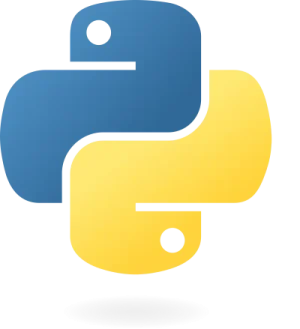Copying Dictionaries in Python
In Python, dictionaries are essential data structures that allow you to store data in key-value pairs. However, when you need to create a copy of a dictionary, you must be cautious about how you do it. Simply assigning one dictionary to another doesn’t create a true copy; instead, it creates a reference to the original dictionary. This means that changes in the original dictionary will reflect in the new one, which is often not the desired behavior.
Understanding the Reference Issue
When you try to copy a dictionary by using simple assignment like dict2 = dict1, you’re not actually creating a new dictionary. Instead, dict2 becomes a reference to dict1. This means that any modifications you make to dict1 will also affect dict2, and vice versa. To avoid this, you need to use methods that create a true copy of the dictionary.
Using the copy() Method
One of the most straightforward ways to create a copy of a dictionary is by using the built-in copy() method. This method generates a shallow copy of the dictionary, meaning that it copies the dictionary structure, but nested objects are still references.
original_dict = {
"title": "1984",
"author": "George Orwell",
"year": 1949
}
copy_dict = original_dict.copy()
print(copy_dict)
In this example, copy_dict is a separate copy of original_dict, allowing you to modify one without affecting the other.
Creating a Copy with the dict() Function
Another effective way to copy a dictionary is by using the dict() function. This approach is similar to the copy() method and also results in a shallow copy of the original dictionary.
original_dict = {
"title": "To Kill a Mockingbird",
"author": "Harper Lee",
"year": 1960
}
copy_dict = dict(original_dict)
print(copy_dict)
Here, the dict() function creates a new dictionary, copy_dict, that is a copy of original_dict. Just like with the copy() method, any changes to the original dictionary will not affect the copied one.
When to Use Shallow vs. Deep Copy
Both copy() and dict() create shallow copies. This is usually sufficient when your dictionary contains only simple data types like strings or numbers. However, if your dictionary contains nested dictionaries or objects, you might need a deep copy, which can be created using the copy module’s deepcopy() function.
Practical Example: Managing Book Collections
Imagine you’re managing a collection of books in a library. You might want to create a copy of your current collection for backup purposes or for creating a new list with modifications. Using the methods discussed, you can efficiently create these copies without the risk of unintentionally altering your original data.
library_books = {
"title": "Pride and Prejudice",
"author": "Jane Austen",
"year": 1813
}
backup_books = library_books.copy()
print(backup_books)
# Another copy using dict()
new_collection = dict(library_books)
print(new_collection)
By understanding how to correctly copy dictionaries, you can avoid potential pitfalls and manage your data more effectively in Python.
